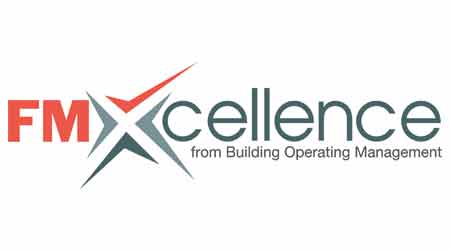Honoree: adidas Group
Project: Excellence in Earmarked Budgeting
Last of a 5-part article about the winners of the 2015 FMXcellence awards from Building Operating Management magazine
For the adidas Group, the creation of the greenENERGY fund — which began as $2 million a year of earmarked money for energy and environmental projects — cast its facilities departments in a new light. Rather than being cost centers, the right projects could make them revenue-generators and energy efficiency could become a source of value.
"The way we talk about it internally is that we're trying to accelerate carbon reductions, but also to create business value," says Elizabeth Henry, senior manager for energy and environment. "We're actually finding there are many carbon-reduction and energy-efficiency projects that can generate a higher return on capital than a dollar invested in our core business, and that is not atypical for companies. So the fund is managed kind of like a venture capital firm – we are proactively seeking ways to provide great returns to our CFO."
The fund, created in 2012, is unique and effective for three reasons, says Kirk Beaudoin, facilities manager: The company targets a 20 percent return (roughly a four-year payback) and tracks it; it takes a portfolio approach, where high-return projects can offset lower-return projects; and it lets those projects with a forecasted return below 20 percent compete based on lifetime carbon reduced.
So now the Germany-based sporting goods company, which employs about 54,000 people in some 160 nations, identifies energy upgrades around the world, including lighting retrofits, investments in variable speed drives, BAS integration, and process improvements. To date the fund has invested in over 40 projects, and adidas says it's tracking a 30 percent internal rate of return. It has also helped drive the company's global commitment to reduce energy by 20 percent and carbon emissions by 30 percent by this year, relative to a 2008 baseline.
This year, because of a good track record and a robust project pipeline, the fund's yearly allocation of $2 million was increased to $3 million, Henry says.
Henry says the fund was a way to overcome technical bottlenecks and get projects approved relatively quickly. "What I see at the adidas Group, and what I hear from many of my peers in energy and environmental roles across corporate America, is that our FMs are fabulous professionals but they also don't have the time — and sometimes they lack the training — to translate their efficiency ideas into the language of the CFO and get the projects sold internally," she says.
"Our FMs around the world are absolutely the best sources of ideas for the fund, and we support them with technical analysis and financial review. For example, they come to us with an idea, saying, 'I've got this hunch that if we put window film on the south-facing facade of our building in South Carolina, we'd be able to cut our HVAC costs. I think this might be true, I think this might be a good project, but shoot, I don't have the 10 hours it would take to do the legwork to figure out if it's right.'"
That's where Henry's team steps in. It helps validate whether there's a business case for the project and the likely return. "And then we actually put it into a financial model that looks and smells and feels exactly like the financial modeling our finance colleagues are used to looking at and reacting to," she says.
Her advice for FMs contemplating their own energy fund? "I would say that when you talk about an energy efficiency project to someone in finance, don't say 'I want to spend money on an energy efficiency project.' Say 'I want to invest money.'"
Related Topics:















